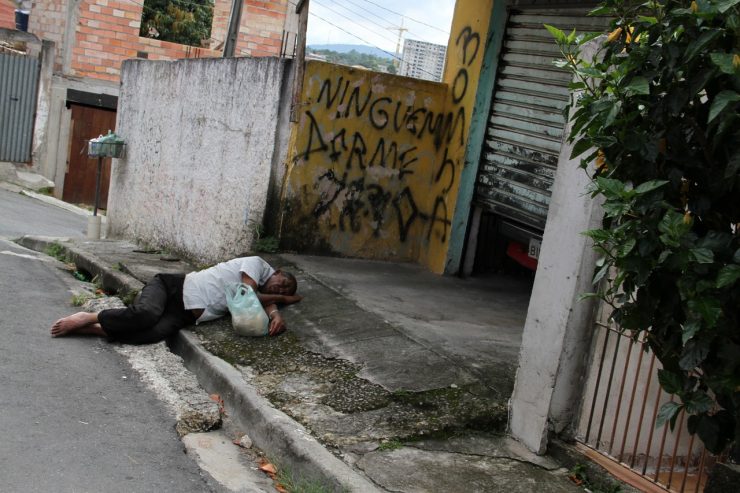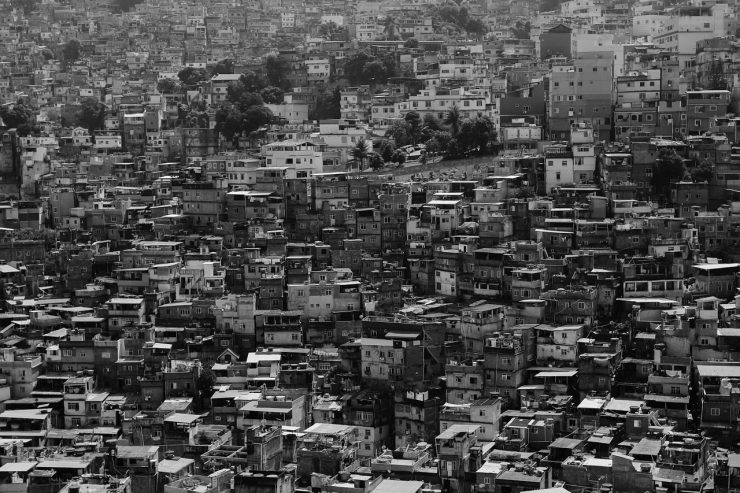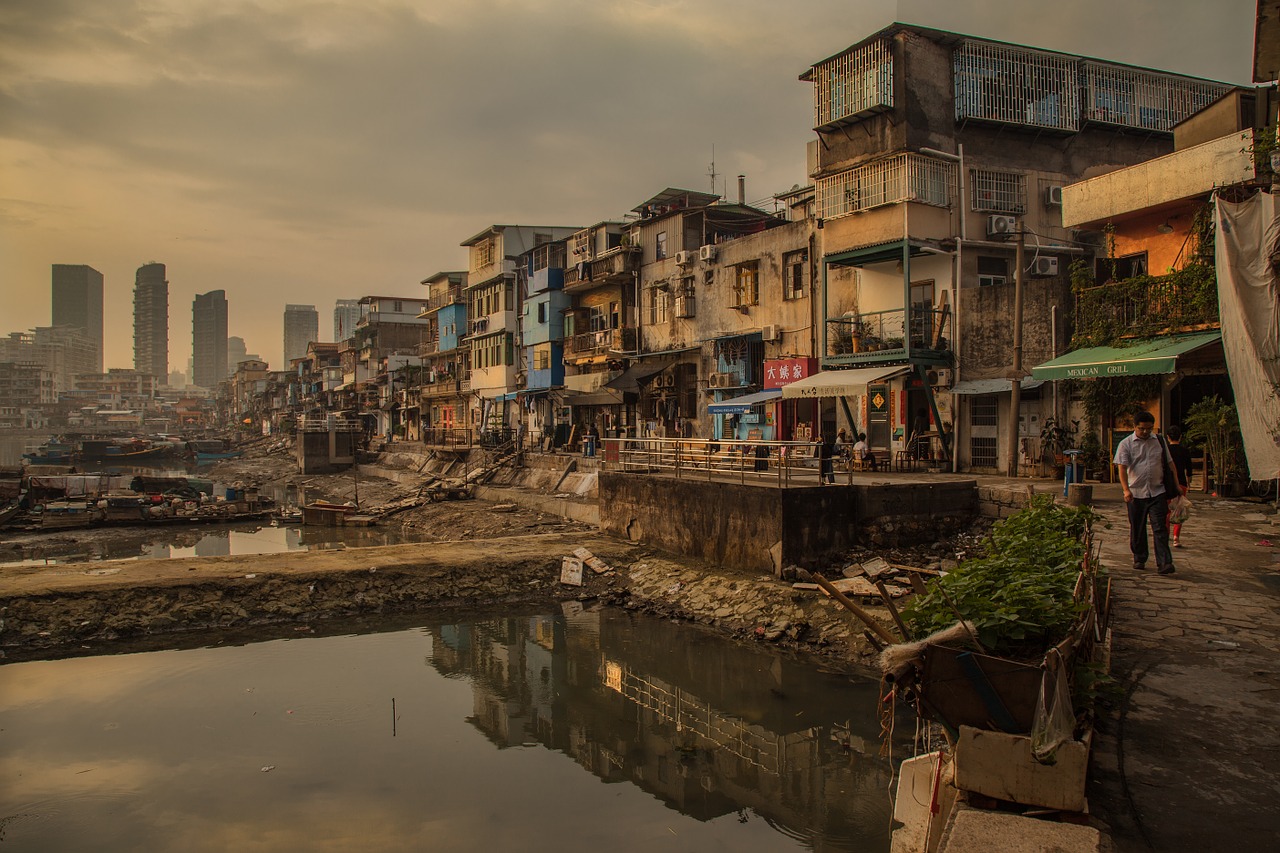The favelas of Brazil. The townships of Johannesburg and Cape Town, South Africa. The Dharavi slum popularized in Slumdog Millionaire.
These are among the poorest, most impoverished, and most dangerous urban sectors in the world. They’re virtual no man’s lands where no one should want to go. But, one thing we humans are good at is commodifying things. Anything. Which is how providing tours of these deeply depressed neighborhoods has evolved into a booming niche in the travel industry. So-called “poverty porn” or “slum tourism” is making a real name for itself, for both good and bad.

As the world’s population continues to explode — we’re currently above 7.6 billion souls on this planet — our cities are running out of space. More and more people are being forced to live in tighter and tighter quarters. And, with this unchecked overpopulation, cities are witnessing an increase in violent crime, health crises, and a sharp downturn in the overall quality of life. The residents of urban slums often face suffering that’s unimaginable to anyone accustomed to a First World way of life: open sewers, rampant starvation, and a total lack of access to basic healthcare and medicine. For foreigners and travelers intent on catching a glimpse of a city’s seedier side, however, all this suffering makes for dramatic theater.
If that sounds callous, consider that an estimated 50,000 tourists experience the favela tours of Rio de Janeiro every year. Untold thousands more indulge in sightseeing tours of places like Manila and Mumbai. In Nairobi, travelers can book a package tour to Kibera (the largest slum in Africa and among the largest in the world) after a casual day of wildlife spotting in the nearby national parks. And, the demand for these tours isn’t just in the developing world. One Vancouver provider guides tours through the otherwise well-to-do city’s harsh Downtown Eastside neighborhood (considered by many to be the worst in Canada). So, by all estimates, these numbers and overall interest in slum tours, is growing.

Amid intense backlash, the companies that provide these poverty tours claim the moral high ground. They counter their services help shine a light on the epidemic of poverty while helping to infuse the local economy with sorely needed cash. In an ideal world, this might sound logical. But, the reality is more complex, however, and many people aren’t convinced. It’s easy to imagine that, for the residents of these slums, being on the spectated end of such a tour might make them feel, frankly, like zoo animals. In one New York Times op-ed, a Kenyan man talked of feeling like a “tiger in a cage.” Expanding on that point, Karen Ward, a board member of one of Vancouver’s drug user advocate groups, dubbed it simply, “the worst kind of voyeurism. It objectifies and commodifies people who are in extreme distress.”
No matter how it’s billed, patronizing the slum tourism industry is a moral and ethical minefield. For all the good these tours might be doing, it’s impossible not to stare into the faces of the residents who actually live there and wonder, “Yes, but at what cost?”


